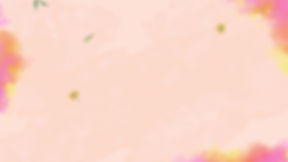

Risk factors for pilonidal disease formation:
1. Inflammation of the sebaceous secretory glands in the skin leads to the formation of subcutaneous pockets with openings in the natal cleft. In the second stage, hairs penetrate through the openings, into the subcutaneous pockets. This type of inflammation is common during adolescence and in young people. It may be related to hormonal changes during this period.
2. A number of genetic-hereditary changes are known today that are characterized, among others, by obstructive and inflammatory disorders in the skin sebaceous glands. Those suffering from these genetic traits have an increased incidence of skin infections in the back, groin and armpit folds. They also have severe acne and pilonidal disorders. This inherited predisposition probably explains why some sufferers of pilonidal disease have close family members with a similar phenomenon.
3. Overweight: Obese may have a deep, humid, less ventilated natal cleft, creating an ideal environment for bacterial proliferation and causing skin maceration and infection.
4. Smoking increases the propensity for skin infections (perhaps by compromising the immune mechanism against skin infections).
5. Prolonged local injury: During World War II, pilonidal disease was nicknamed "Jeep riders disease" and was attributed to the damage caused by prolonged jerky rides in jeeps. In a study examining youngsters during military service, pilonidal disease was found to be more common in those engaging in driving professions.
6. Inadequate personal hygiene may contribute to pilonidal formation.
7. Tight clothes may promote local infection by pushing the buttocks toward one another and preventing ventilation of the cleft.
8. Previous pilonidal surgery: Recurrence rate of pilonidal disease after surgery may reach 20-40%.
9. Hairiness, particularly dark/black, may contribute to pilonidal formation.
10. A combination of the factors above and mutual influence among them.
